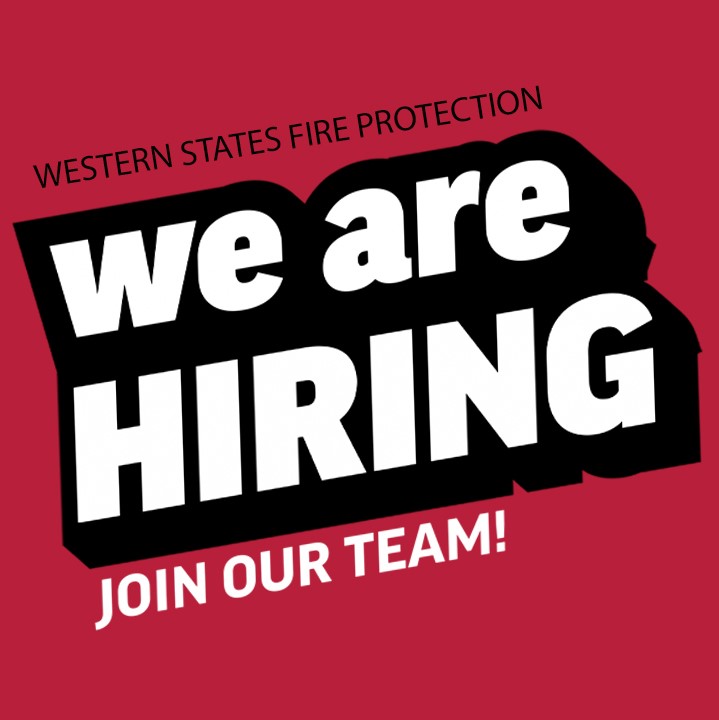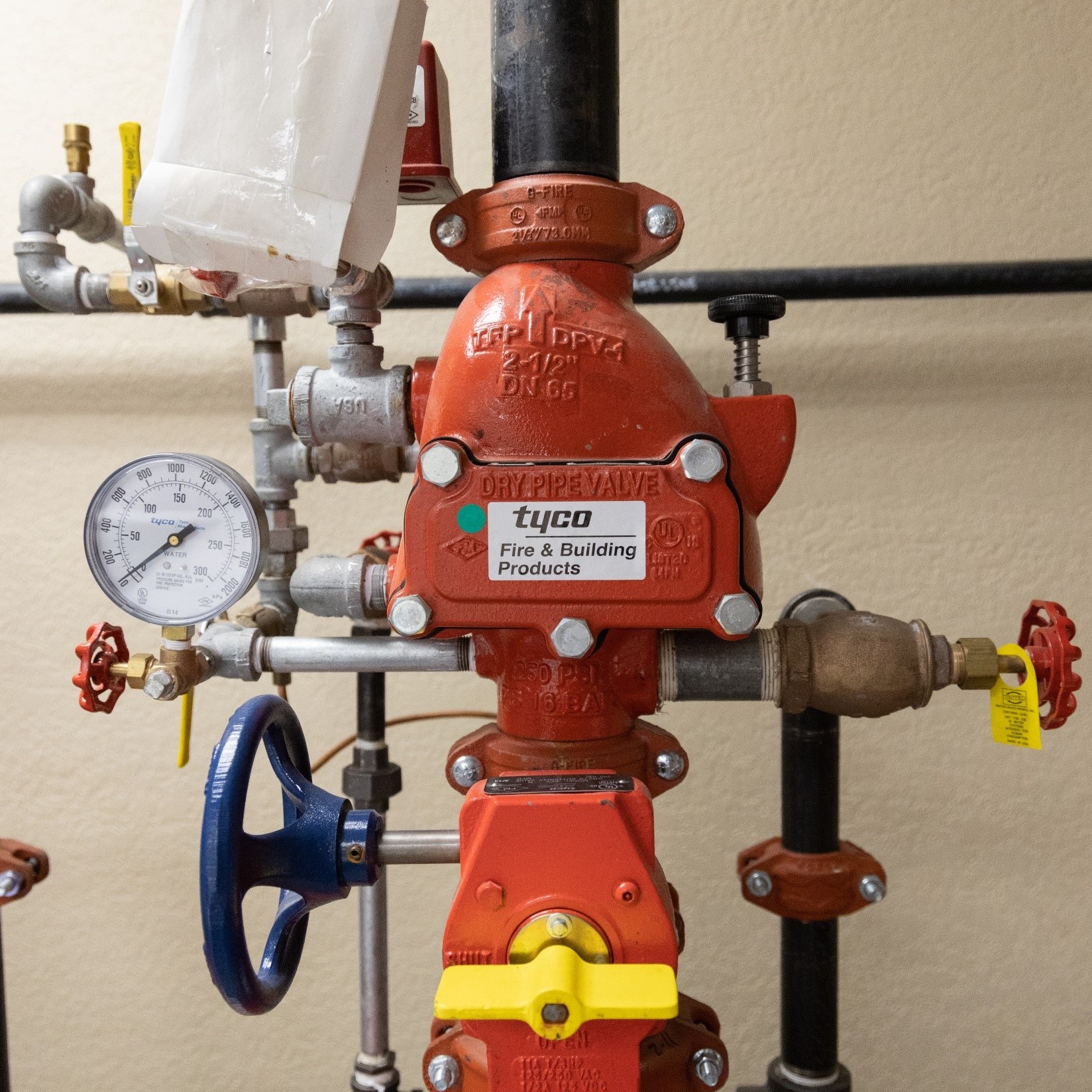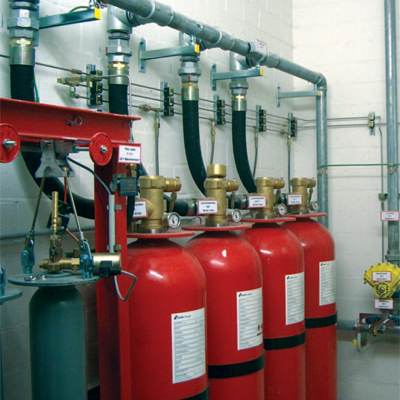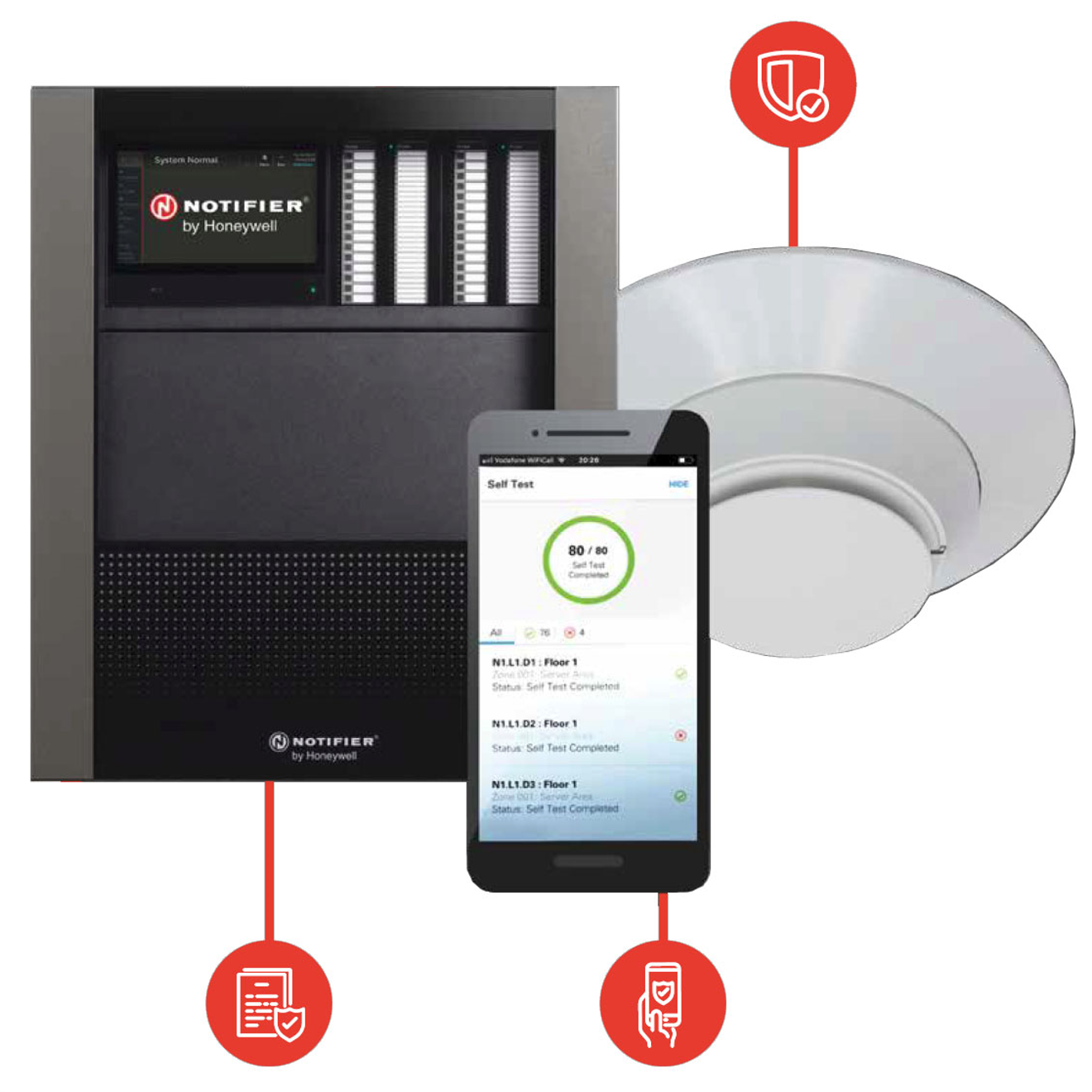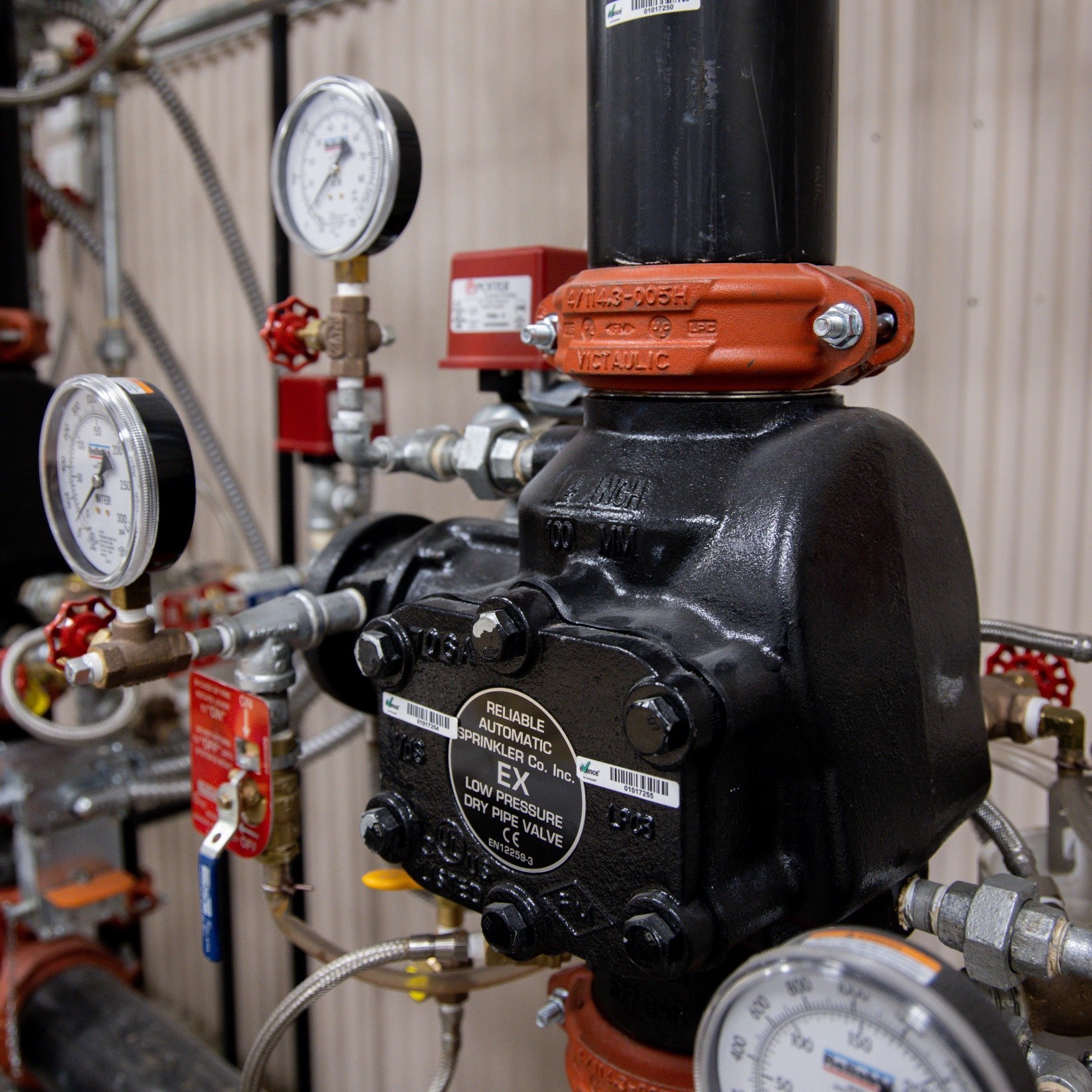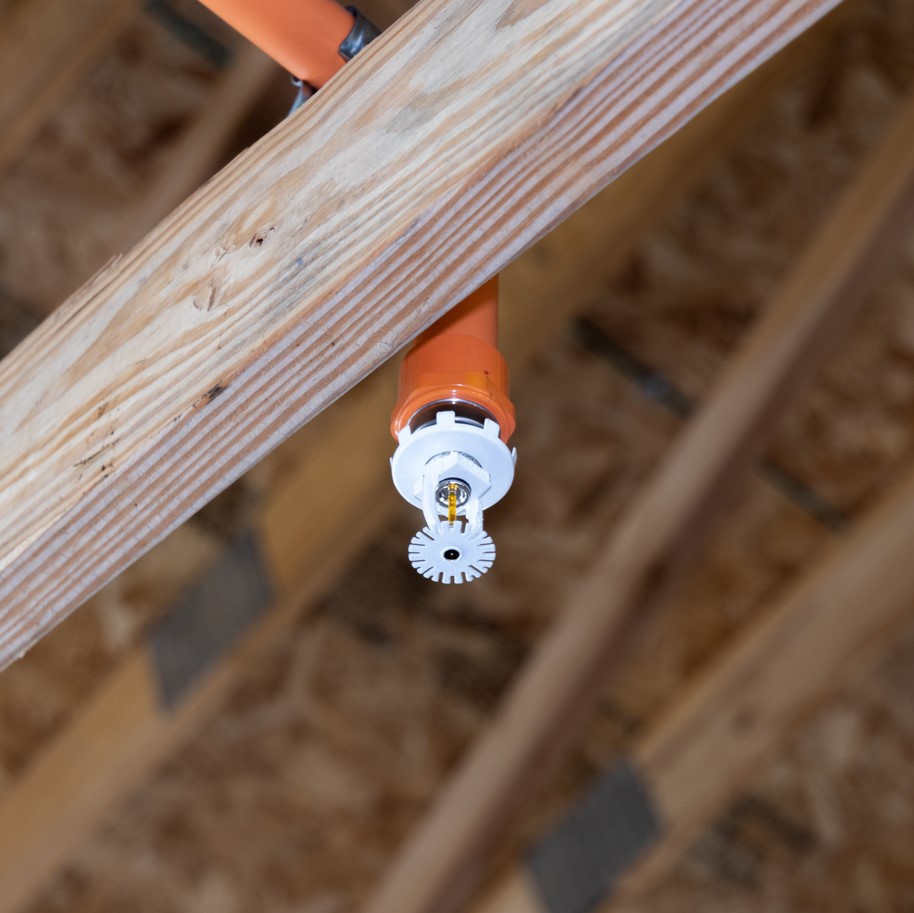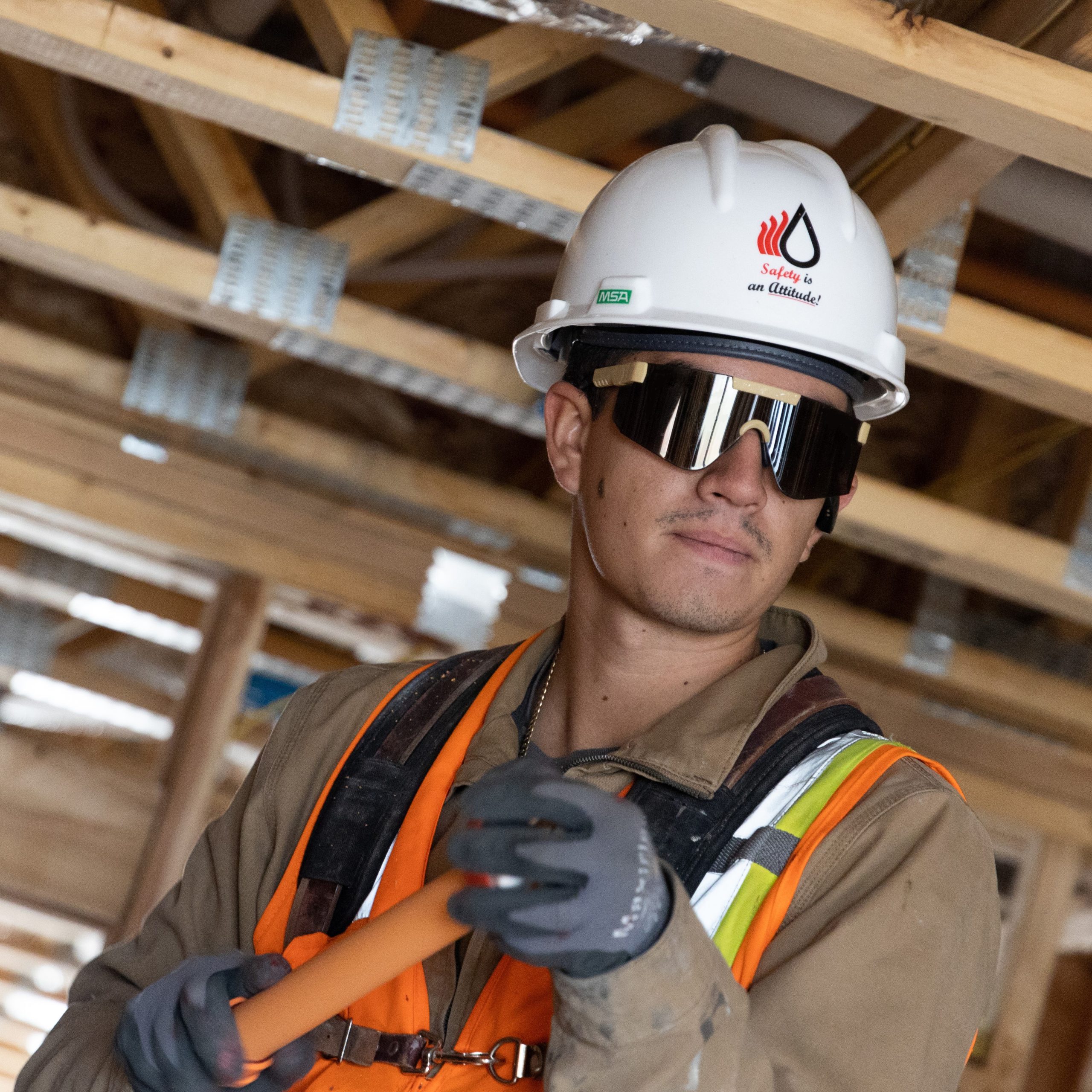Fire safety is a paramount concern in both residential and commercial settings, and fire codes serve as a crucial framework to mitigate fire risks and safeguard lives and property. In this comprehensive blog, we will explore the necessity of fire codes, their correlation with fire protection, fire suppression, and compliance, and how a professional fire protection company can assist in meeting these requirements. We will also delve into the importance of adherence to these standards, how fire protection companies like Western States Fire Protection play a vital role in ensuring fire safety and code compliance, and how we can assist you in creating a fire-safe environment.
The Significance of Fire Codes
Fire codes are comprehensive sets of regulations and standards designed to prevent fires, minimize risks, and ensure the safety of occupants within buildings. These codes are developed by organizations such as the International Fire Code (IFC) and the National Fire Protection Association (NFPA) to provide guidelines for fire safety in various structures. Fire codes cover a wide range of aspects, including building design, fire protection systems, emergency planning, and evacuation procedures. By adhering to fire codes, buildings can enhance fire safety, minimize property damage, and save lives.
Understanding Fire Code Compliance
Fire code compliance refers to the adherence to the specific requirements outlined in fire codes. Compliance ensures that buildings and facilities are equipped with adequate fire protection systems, maintain proper safety measures, and conduct regular inspections and maintenance. Achieving compliance is a collaborative effort between building owners, managers, occupants, and fire protection professionals to ensure that all necessary fire safety measures are in place.
Our Role as a Fire Protection Company
Professional fire protection companies like Western States Fire Protection play a crucial role in assisting building owners, managers, and occupants in fulfilling fire code obligations effectively. We offer a wide range of services and expertise to ensure that buildings meet the necessary fire safety standards. Here are some key areas in which Western States Fire Protection can assist in fire code compliance:
- System Design and Installation: We possess the knowledge and expertise to design and install fire protection systems that meet the specific requirements of fire codes. This includes fire sprinkler systems, fire alarm systems, emergency lighting, and other fire suppression and detection systems. We do all the designing and modeling of these systems in-house, meaning none of these codes are overlooked due to exchanging projects to others.
- Inspection and Testing: Regular inspection and testing of fire protection systems are essential to ensure their proper functioning. WSFP conducts thorough inspections, testing, and maintenance to ensure that all components are in compliance with fire codes and are ready to respond effectively in the event of a fire.
- Training and Education: Western States Fire Protection can provide comprehensive training and education programs to building occupants and staff, equipping them with the knowledge and skills necessary for fire safety awareness, emergency response, and evacuation procedures. Our team at Western States Fire Protection is also up to date with all the necessary knowledge of local and national codes that could affect your property. These two aspects coupled together ensure that compliance will never be an issue.
Our inspections and tests verify proper functionality of sprinkler system components, including pipes, valves, and sprinkler heads, guaranteeing they are in optimal condition and free from any obstructions or impairments. These inspections typically follow the guidelines specified in the fire sprinkler codes, which outline the frequency and scope of inspections required for different types of systems and occupancy classifications.
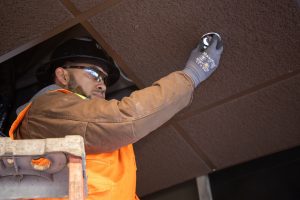
Fire Sprinkler Codes
Fire sprinkler systems are essential components of fire protection strategies, and their installation and maintenance are often mandated by fire codes. Western States Fire Protection is well-versed in the specific requirements of fire sprinkler codes, ensuring proper system design, installation, inspection, testing, and ongoing maintenance. Compliance with fire sprinkler codes significantly enhances fire safety by providing early fire detection and suppression capabilities.
System Upgrades and Retrofits
Fire sprinkler codes are dynamic, and they may undergo updates and revisions over time. We stay well informed of these changes and can assist building owners and managers in upgrading or retrofitting existing sprinkler systems to meet the latest code requirements. This ensures that buildings remain in compliance with the evolving fire safety standards and continue to provide adequate fire protection to occupants.
By partnering with Western States Fire Protection, building owners and managers can ensure that their fire sprinkler systems meet all the necessary code requirements. Compliance with fire sprinkler codes not only enhances fire safety but may also lead to potential insurance premium reductions, as insurance companies often recognize the value and effectiveness of properly designed and maintained fire sprinkler systems.
Fire Alarm Codes
Fire alarm systems play a critical role in detecting and alerting occupants and fire departments of a fire event. WSFP is knowledgeable about fire alarm codes, facilitating the installation, testing, and maintenance of reliable fire alarm systems that comply with the relevant regulations.
Fire alarm codes outline various aspects related to fire alarm systems, including the types of detectors to be used, the placement and spacing of devices, the requirements for notification appliances such as alarms and strobes, and the integration of the fire alarm system with other building systems.
WSFP possess extensive knowledge of these codes and work closely with building owners, managers, and local authorities to ensure that fire alarm systems are designed, installed, and maintained in accordance with the prescribed standards. We are well-versed in the intricacies of fire alarm codes and can provide expert guidance and services to ensure compliance and optimal functionality of these life-saving systems. By adhering to fire alarm codes, buildings can enhance early fire detection, reduce response time, and improve overall fire safety for occupants.
Alarm Monitoring Codes
Monitoring services typically involve the use of fire alarm monitoring systems, which transmit signals to a central monitoring station when a fire alarm is activated. These systems are designed to provide prompt notification to the appropriate authorities, such as the fire department, to ensure a timely response to fire incidents.
Fire codes often specify the standards and certifications that monitoring services and fire alarm systems must adhere to, including the installation, testing, and monitoring processes. These codes also cover the qualifications and training requirements for individuals responsible for operating and maintaining the monitoring systems. It is essential for monitoring service providers to stay compliant with local fire codes to ensure the effectiveness and reliability of their services in protecting life and property from fire hazards. Western States Fire Protection is not only equipped to help your office understand and comply with these codes, but we offer monitoring services for your business/property as well.
Ongoing Maintenance
Fire sprinkler codes emphasize the importance of ongoing maintenance to ensure the reliability of sprinkler systems. We offer maintenance programs tailored to meet the requirements of fire sprinkler codes. This includes regular servicing, cleaning, and repair of system components, as well as conducting periodic flow tests and inspections to ensure the system’s functionality and compliance. Proper maintenance enhances the longevity and performance of the fire sprinkler system, providing peace of mind and confidence in its ability to suppress fires effectively.
Fire Evacuation Codes
Proper evacuation plans are crucial for occupant safety during a fire emergency. We can assist in developing and implementing effective fire evacuation strategies that align with fire evacuation codes. This includes conducting drills, designing exit routes, ensuring adequate emergency lighting and signage, and educating occupants on evacuation procedures. Compliance with fire evacuation codes helps minimize panic and ensures a safe and orderly evacuation process.
Fire Code Enforcement
Fire code enforcement is vital to ensure compliance and adherence to fire safety standards. Western States Fire Protection works closely with local authorities and building owners to address any code violations promptly, rectify issues, and ensure the building meets the necessary fire safety requirements. Compliance with fire code enforcement not only ensures the safety of occupants but also prevents potential legal repercussions and penalties.
Upholding Fire Safety Standards
Fire safety standards established by organizations like the NFPA set the benchmarks for fire protection measures, equipment, and procedures. WSFP stays up to date with the latest fire safety standards, allowing them to provide comprehensive solutions that align with the best practices in the industry. By adhering to fire safety standards, buildings can ensure the highest level of fire protection and stay prepared for any fire-related risks.
Compliance Audits and Inspections
To ensure ongoing adherence to fire safety standards, Western States Fire Protection conducts compliance audits and inspections. These assessments evaluate the building’s fire protection systems, equipment, and operational procedures to ensure they comply with the established local and national standards. By conducting regular inspections and audits, we can help identify any areas of non-compliance or potential improvements. We provide detailed reports and recommendations to building owners and managers, assisting them in rectifying any issues and maintaining continuous compliance with fire safety standards.
Evolving Technologies
Fire safety standards continually evolve to embrace emerging technologies that can enhance fire protection measures. Western States Fire Protection actively monitors advancements in fire safety technology and assess their compatibility with existing standards. By staying informed about these developments, we can recommend and implement innovative solutions that align with the latest fire safety standards. This includes technologies such as advanced fire detection systems, integrated fire alarm and building management systems, and enhanced fire suppression methods. By embracing these technologies, Western States Fire Protection ensures that their clients have access to the most effective and efficient fire protection measures available.
Ensuring Safety, Compliance, and Peace of Mind
Adhering to fire codes is of utmost importance for the safety and well-being of occupants in any building. Fire protection companies like Western States Fire Protection play a crucial role in assisting building owners, managers, and occupants in meeting these requirements effectively. Whether it’s fire sprinkler codes, fire alarm codes, fire evacuation codes, or other fire safety standards, we possess the expertise to ensure compliance and implement robust fire protection measures.
By partnering with a reputable fire protection company like WSFP, you can create a fire-safe environment that prioritizes the protection of lives and property. Contact your local office to learn more about fire codes, fire safety compliance, and how our experienced fire protection professionals can assist you in implementing and maintaining effective fire protection measures. Ensure the safety of your building and occupants by partnering with us to fulfill fire code requirements. Take the necessary steps to protect lives and property and make fire safety a top priority. Together, let’s create a fire-safe environment for all.

